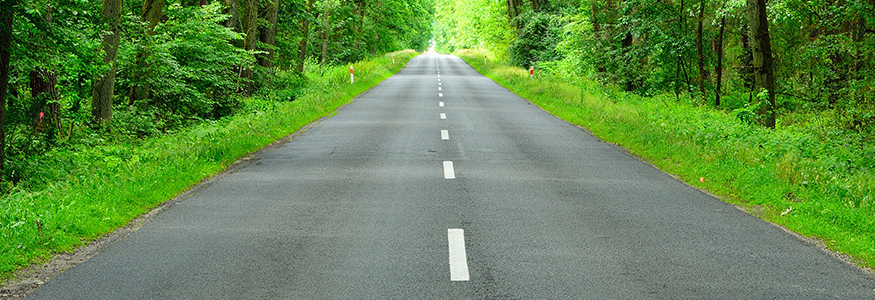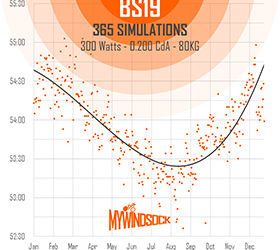
How much slower does winter make us?
This coming weekend marks the beginning of the 2023 time trial season, events will come thick and fast now and time trials are popping up all over the place. You might be thinking that it’s a bit cold to be riding around in a skinsuit, and you wouldn’t be wrong. One such race is taking place on the BS19 course in Ely near Cambridge. This is a 25.2 mile time trial course. It’s likely to be a chilly affair. Often, time trials feel slower in winter - in fact this applies to riding in general. But how much difference does the weather make and how much of it is down to kit (and rubbish winter legs)?
Why is cold air slower?
It’s simply physics but cold air really is quite slow. When we ride our bikes, we have to push air out of the way. The amount of air in the way on any bike ride is not fixed. The force required to move the air is proportional to the amount of air particles that are in the way. If there’s less air in a given space (thus, lower air density) it’s a bit easier to cycle at any given speed. Air density goes down as temperature goes up and thus, cold air is slower!
All the features that go into air being slow or fast are calculable with weather data which the myWindsock API accesses and crunches - eventually spitting out the result of calculations that allow us to predict how fast we might go on any given course on any given day.

This is what we’ve done here. If you take a look at the graph that we’ve included, you can see how much difference the weather makes as we have fixed all the other variables. We have carried out a simulation on the BS19 course on each day of the year for a rider with a cda of 0.200, with 300W at their disposal and a system weight of 80kg. We can see a difference of around two and a half minutes between the slowest and fastest day purely because of the weather.
Why bother riding early season races if they’re so slow?
If you do an early season TT, don’t be discouraged with the time. It’s likely not going to be very fast relative to what you’re capable of. Early season time trials should be seen as a hard training session and if you’re looking to go fast, use these as an opportunity to develop your equipment and pacing plan.
Time trials are a balance of science and art. Selecting equipment and a position is the science, pacing and making adjustments mid race is the art. The best time trialists can do both of these things well. The artistic side of the time trial is much easier to master with all the information at your disposal available through myWindsock.
Generally speaking, it’s quite chilly at the moment. As a result, our speeds are down across the board and the early season’s time trials are likely to be no different. Here at CTT we asked myWindsock for a bit of help with this.
They sent us a handy graph which shows us there’s around two and a half minutes of difference between a slow day and a fast day for their simulated rider. If you’re slower than this, the difference will be even bigger!
Early season time trials are slower, but average speed isn’t all there is to racing. Early season races are an opportunity to practice pacing and get your warm up dialed. They can also be an opportunity for a solid placing as the fields tend to be a bit thinner. Tempted? Find your local open TT here.
MyWindsock.
